This is good news for states looking to put in overpasses, underpasses, and culverts where busy roads intersect with fish and wildlife habitat
In a 21-0 vote, the Senate Environment and Public Works Committee passed a bipartisan highway bill with a major priority for sportsmen’s groups and wildlife managers: The legislation would carve out $250 million in dedicated funds over the next five years for wildlife-friendly roadway crossing structures like overpasses, underpasses, and culverts that connect fragmented fish and wildlife habitat.
The TRCP and our partners have been calling for this dedicated funding for months as the clock ticks toward expiration of the 2015 highway bill’s authority at the end of September 2020. More than 40 sportsmen’s groups signed a letter to congressional leadership in April 2019 asking for a competitive grant program with at least $50 million annually be directed toward the planning, design, and construction of wildlife crossing projects.
These innovative enhancements to our roads and highway infrastructure should reduce vehicle collisions with wildlife and integrate habitat connectivity into highway planning, so fish and wildlife are not an afterthought.
In other good news, the Senate’s highway bill includes a title dedicated specifically to climate change for the first time ever. The climate change section creates grant programs encouraging all manner of innovations aimed at reducing carbon emissions from the transportation sector and funding projects meant to enhance the resiliency of our transportation systems during natural disasters.
The latter, which is called the PROTECT grant program, would specifically prioritize the use of natural infrastructure to improve not only the function of roads and bridges, but also overall ecosystem conditions. Senate Environment and Public Works Committee Chairman John Barrasso (R-Wyo.) and Ranking Member Tom Carper (D-Del.) deserve our thanks and appreciation for these forward thinking and innovative provisions.
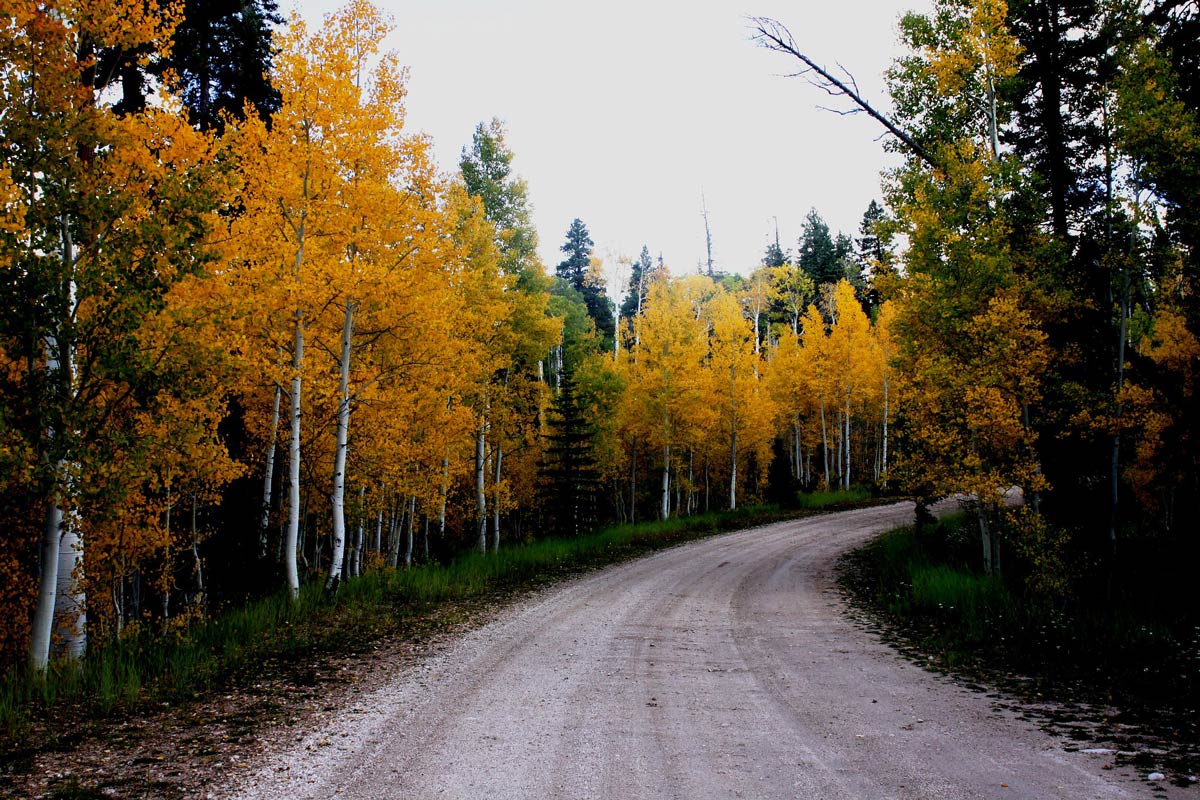
A Maintenance Backlog in the Making?
Unfortunately, the highway bill on the move in the Senate misses one major opportunity to improve funding for a program that helps federal agencies maintain passenger roads through public lands. The Federal Lands Transportation Program would provide relatively generous funding for the National Park Service to manage its tens of thousands of miles of roads with $350 million in funding. But with only $26 million for the U.S. Forest Service, the highway bill undercuts an agency that is responsible for hundreds of thousands of miles of passenger roads.
In fact, the Forest Service is perennially overlooked when it comes to FLTP dollars, which contributes to the growing maintenance backlog at the agency. And these are not your off-grid high-clearance roads that are being neglected—many local residents rely on roads through public lands to get to work and school each day.
It’s the House’s Move
The TRCP will raise the issue of this imbalance with House lawmakers as they craft a companion bill, and we’ll continue to emphasize the importance of dedicated funding for wildlife crossings in any highway bill that moves forward.
In case you need convincing, we gathered reporters and partners last week to lay out all the reasons why the five-year highway bill is a golden opportunity to prioritize habitat connectivity and conservation within migration corridors. Here’s what our experts had to say.
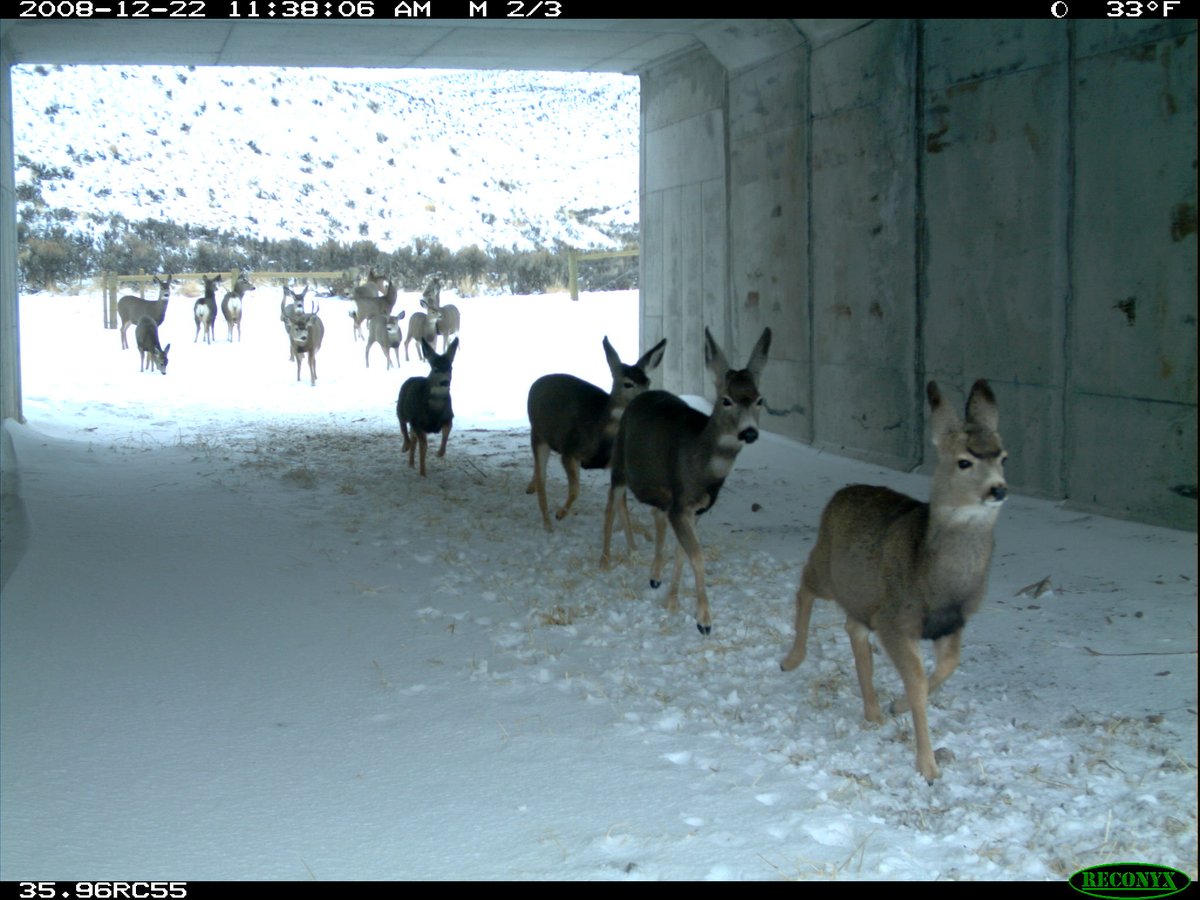
Christy Plumer, chief conservation officer, TRCP
We are calling on Congress to pass a 2020 Highway Bill that invests in wildlife, safety, and the future of our nation’s infrastructure system.
The hunting and fishing community is asking for a dedicated funding source in the 2020 Highway Bill for the construction of wildlife crossings in areas that are heavily used by animals. This investment will benefit wildlife and protect motorists.
According to the Highway Loss Data Institute… between 2014 and 2017, drivers filed more than 1 point 8 million animal-strike insurance claims, mostly involving deer.
These claims were made at an average cost of about 3 thousand dollars each, totaling more than 5 point 4 billion dollars in damages paid by the insurance industry in just four years. This doesn’t include the hundreds of millions of taxpayer dollars spent annually by state wildlife and transportation agencies to deal with wildlife-vehicle collisions, nor the costs of human and wildlife injury of even loss of life.
New technology allows us to see where wildlife activity near highways is greatest and where animals migrate across the landscape. When overlaid with maps of our highway system, wildlife movement data can identify vehicle collision “hotspots” and where roadways fragment critical habitat.
But the risk of vehicle collisions can easily be minimized or even eliminated.
For decades, the Highway Bill has been a tool for building roads and bridges and creating jobs. We aren’t asking for that to change. We are asking for a small portion of the investment in the new 2020 Highway Bill to be used specifically for construction of wildlife-friendly road crossings. Often, these projects are not prioritized by state departments of transportation without the existence of dedicated funding.
Chairman Barrasso and Ranking Member Carper are drafting the Senate version of the 2020 Highway Bill right now, and we urge them to work together in a bipartisan manner to make these smart investments for wildlife and people.
Back in February, TRCP convened 80 officials from 11 state wildlife agencies, 12 state departments of transportation, 3 federal agencies, and several non-profits to discuss solutions to wildlife-vehicle collisions.
The result was a shared understanding that there needs to be more done at a federal level to empower states… so they can prioritize smart crossing projects in high-risk areas.
Since then, we’ve seen support from dozens of conservation groups and thousands of individuals across the country who believe the Highway Bill provides a golden opportunity to invest in wildlife crossings.
We also appreciate the Western Governors’ Association for acknowledging the importance of migration corridors and the threat of wildlife-vehicle collisions. A recent WGA resolution called for funding and provisions in the next Highway Bill to support fish and wildlife crossings and habitat connectivity.
There is strong momentum and support for this. We just need Congress to act.
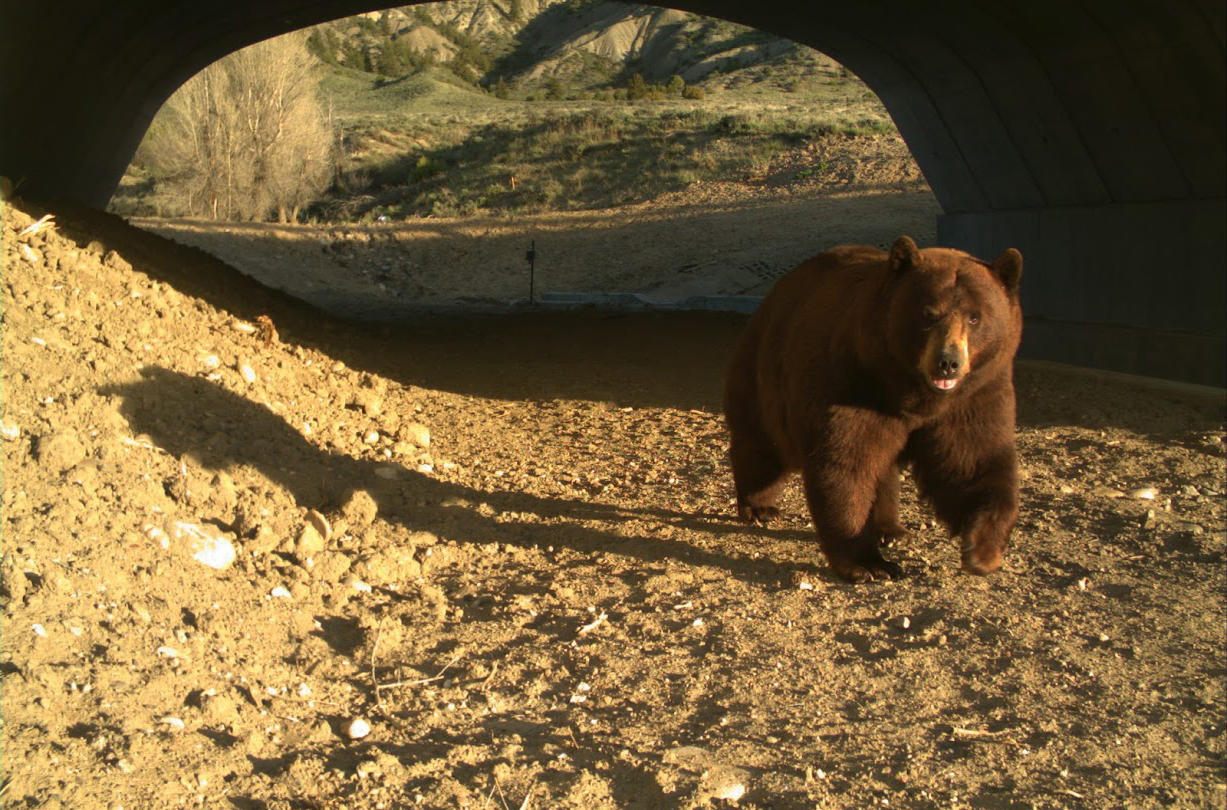
Miles Moretti, president and CEO, Mule Deer Foundation
MDF has been concerned about the impacts of big game-vehicle collisions for several years. We have worked with several state wildlife agencies on this issue, and we encourage Congress to pass a 2020 Highway Bill that invests in wildlife, safety, and the future of our nation’s infrastructure system.
In February 2018, then-Secretary of the Interior, Ryan Zinke, signed a Secretarial Order on migration corridors and big game winter ranges. This provided the spark to State Wildlife Agencies, DOI, and NGOs to start working closer together to understand the migration corridors of mule deer, elk, and pronghorns.
We have all heard of the tremendous migrations of these three species in Wyoming, but every Western state has migratory big game herds. Many of these big game migrations cross a major transportation corridor. The loss can be hundreds of animals each year as they migrate in the fall and again in the spring.
Highway crossing structures are the key to getting these animals across the highways safely, thus reducing the number of animals lost by as much as 90 percent, but also reducing damage to vehicles and human injuries.
The SO provided much needed funds to the state wildlife agencies to monitor these herds and analyze the massive amount of data we are receiving from new GPS radio-collar data. As Christy said, these radio collars allow biologists to monitor migrations and pinpoint where a majority of the animals are crossing highways. Building structures in the correct spot is key to them being successfully used by big game.
There has been proven success at structures that have already been built. Hundreds of crossings by big game animals have been documented. And winter ranges once cut off by highways are now available to these animals.
That’s why we need a dedicated fund that will allow these crossing structures to be built.
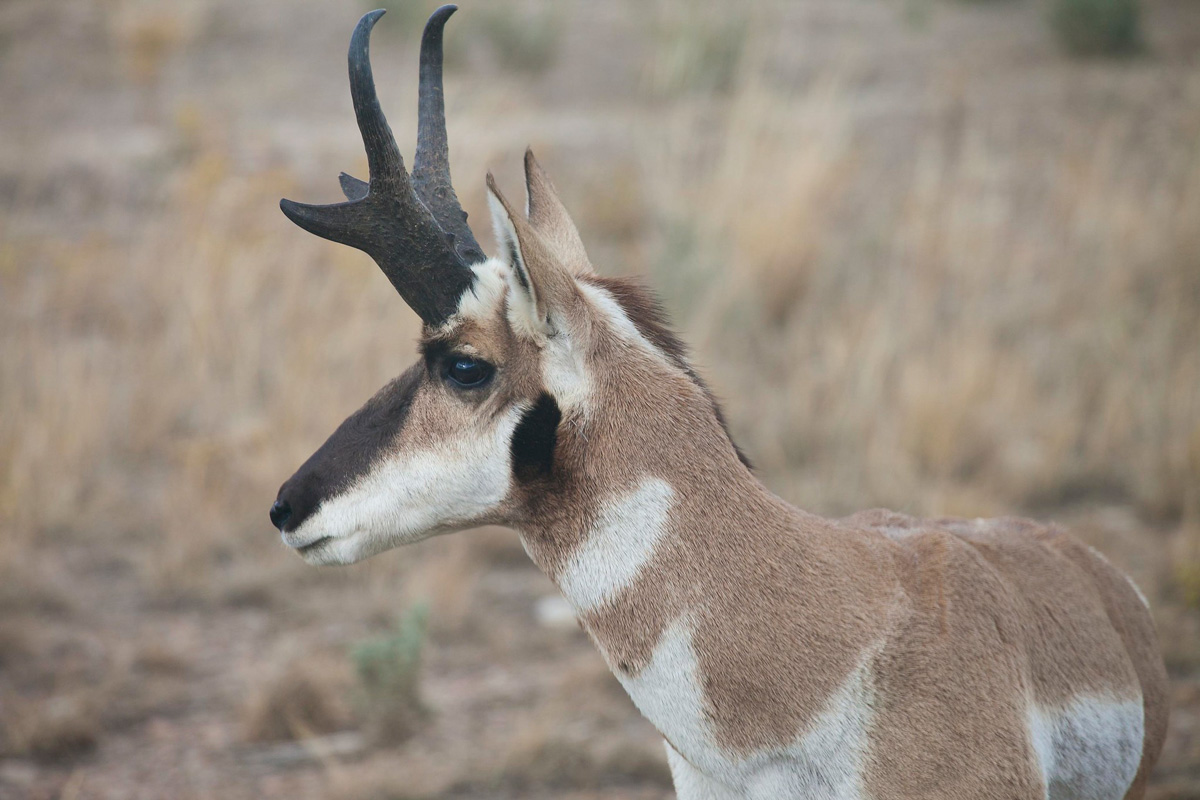
Joy Bannon, policy director, Wyoming Wildlife Federation
Recent work by the Wyoming Wildlife and Roadways Initiative Implementation Team, which is a collaborative partnership, has focused on identifying opportunities to reduce the conflict between roads and wildlife. This work, as well as the 16 wildlife crossing structures the WYDOT has already installed, have made Wyoming a national leader in understanding where big game crossing needs are most urgent and in designing and deploying safe crossing infrastructure along our roadways.
Solutions such as crossing structures, activated warning signs, and animal detection systems can produce dramatic reductions in place-based wildlife-vehicle collisions. Here in Wyoming, the 16 wildlife crossing structures near Pinedale, Kemmerer, and Baggs have been examples of success: They have reduced collisions by 80 to 90 percent and created more connected habitat for the animals.
Wyoming has illustrated the success of these investments in reducing collisions without interference to ranching or other private or commercial operations along our roadways. Through a thorough and collaborative process, the Wyoming Wildlife and Roadways Initiative identified 40 priority areas where more investment in crossing infrastructure is needed, with 10 sites highlighted for most immediate action.
Roads are also a major obstacle for animals to cross, hindering their ability to access critical habitat. Through its research using GPS collars on big game animals, the University of Wyoming has demonstrated that certain migrations north and south of Interstate-80 actually STOP where the historical migration corridor meets the highway—thus limiting habitat for pronghorns and mule deer.
Every day there are families on the roads who accidentally hit a deer, turkey, or—in Wyoming, for example—even bison. In fact, 15 percent of all reported vehicle collisions in Wyoming involve big game animals. Every year, more than 6,000 deer, antelope, elk, and moose are hit by vehicles on Wyoming roads. These collisions can be serious or even deadly.
In addition, accident costs are high: Nearly $50 million annually is spent on damages to vehicles, human injury expenses, and loss of wildlife. This doesn’t even count the millions of dollars spent by our state Department Of Transportation, first responders, and other agency taxpayer dollars to address these collisions.
We want to see improvements in roadway safety and through more dedicated funding in the forthcoming transportation and infrastructure bills we can implement these wildlife crossings. We have a solution here, and the fix is based on dollars invested.
This country deserves healthy wildlife populations and safe roadways for our children, parents, and grandparents. We are able to achieve this by improving our nation’s infrastructure system. This is a bipartisan effort but, more importantly, it is an American effort to keep us safe on our roadways.
Top photo by Colorado Department of Transportation.


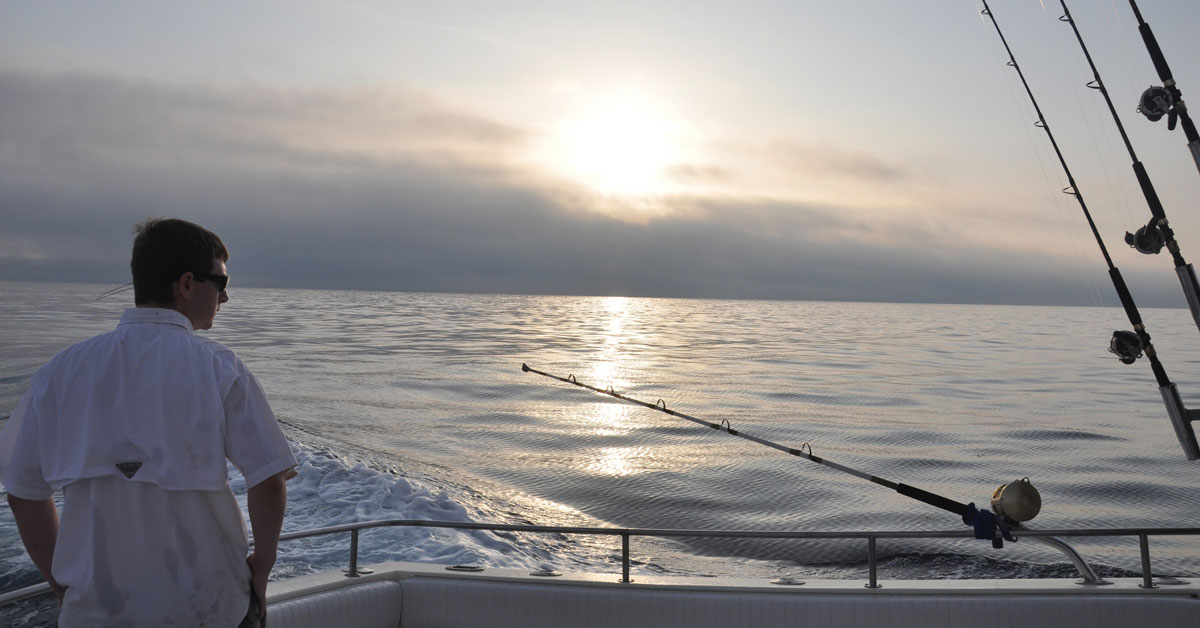




Fantastic idea !! Protects people and wildlife.
Wildlife needs to be able to cross over or under highways.
Finally!!!
About time, as similar corridors have been in use in many European countries for years. Very glad to hear that wildlife corridors are working their way through our legislature. These corridors have been needed across America for a long time to allow wildlife to access critical habitat. Everyone who enjoys the outdoors, wildlife, hunting, fishing, or any other outdoor activities, please support these corridors; write your senators and house representatives!
It would also be nice to see the auto insurance companies support these corridors as numerous studies provide evidence of a decreased number of claims and costs associated to having to pay out on auto insurance claims due to wildlife and vehicle collisions.
Thank you for highlighting this topic!
I so appreciate the talented and passionate leaders of TRCP who have worked so hard to develop and provide an opportunity to advocate for this landmark effort in building wildlife corridors and to do as much as possible to work against global warming to preserve and sustain our beautiful planet for future generations.
I support wildlife crossings that keep both wildlife and motorists separated and safe!
No, Maintain and rebuild the roads.
Their one near in city of los Angeles area off the 405 frwy we need these kind of things it help for our safety but our get animals of natural movement vs isolated populations